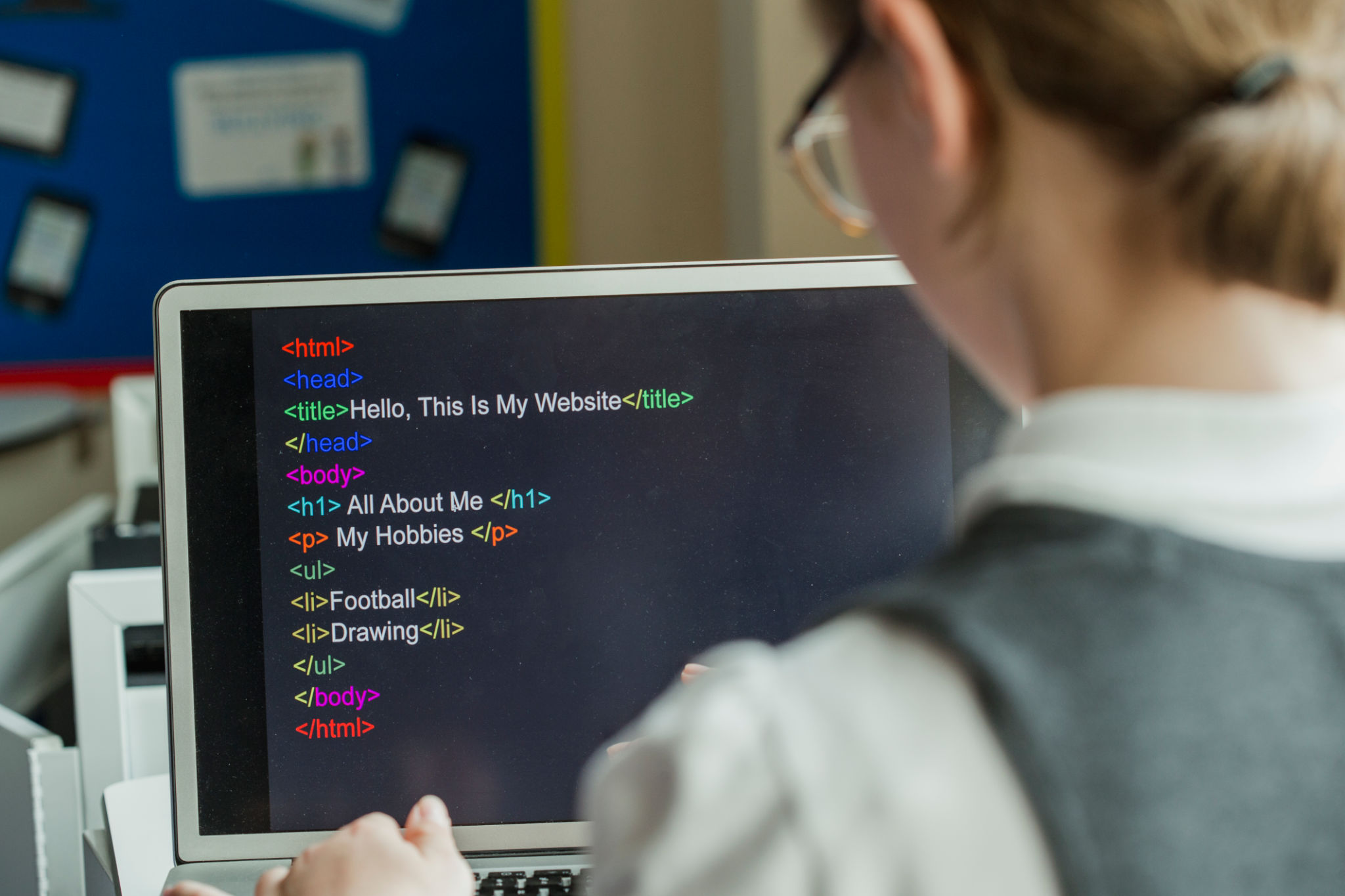How to Teach Programming to Children Effectively: Tips for Parents and Educators
Understanding the Basics: Why Teach Programming?
In today's digital era, programming has become an essential skill for all ages. Teaching children how to code not only prepares them for future careers but also enhances their problem-solving abilities, creativity, and logical thinking. Whether you're a parent or an educator, introducing programming at a young age can provide a solid foundation for lifelong learning.

Start with the Right Tools
To effectively teach programming to children, it's important to choose tools and resources that are age-appropriate and engaging. For younger kids, visual programming languages like Scratch or Blockly offer a fun way to grasp basic concepts without getting bogged down by syntax. As they advance, you can introduce them to text-based languages such as Python or JavaScript.
Additionally, leveraging educational platforms that provide interactive lessons and challenges can keep children motivated. Websites like Code.org and Khan Academy offer structured courses tailored for various age groups.
Incorporate Project-Based Learning
Children learn best through hands-on experiences. By incorporating project-based learning, you allow them to apply what they've learned in practical situations. Encourage them to create simple games, animations, or even websites. This approach not only solidifies their understanding but also fosters creativity and innovation.

Encourage Collaboration
Programming doesn't have to be a solitary activity. Encourage children to work together on coding projects, which can enhance their teamwork and communication skills. Collaborative environments also allow them to learn from each other and tackle complex problems more effectively.
Make Learning Fun and Relevant
Keeping the learning process enjoyable is key to maintaining children's interest in programming. Incorporate elements of play by using gamified learning platforms or coding games. Relating coding tasks to their personal interests, such as creating a game based on their favorite cartoon, can also increase their engagement.

Provide Regular Feedback and Support
As children navigate through programming concepts, regular feedback is crucial to their development. Celebrate their successes and provide constructive criticism when needed. Being supportive and patient is essential, as each child learns at their own pace. Encourage them to experiment and reassure them that making mistakes is a valuable part of the learning process.
Integrate Real-World Applications
Help children understand the real-world applications of programming by showcasing how it impacts everyday life. From the apps on their smartphones to the technology behind video games, connecting programming concepts to familiar technologies can deepen their understanding and appreciation for coding.
Conclusion: Cultivating Future Innovators
Teaching programming to children is more than just preparing them for tech careers; it's about equipping them with skills that transcend the digital world. By choosing the right tools, incorporating fun and relevant learning methods, and providing ongoing support and encouragement, parents and educators can inspire the next generation of innovative thinkers.
